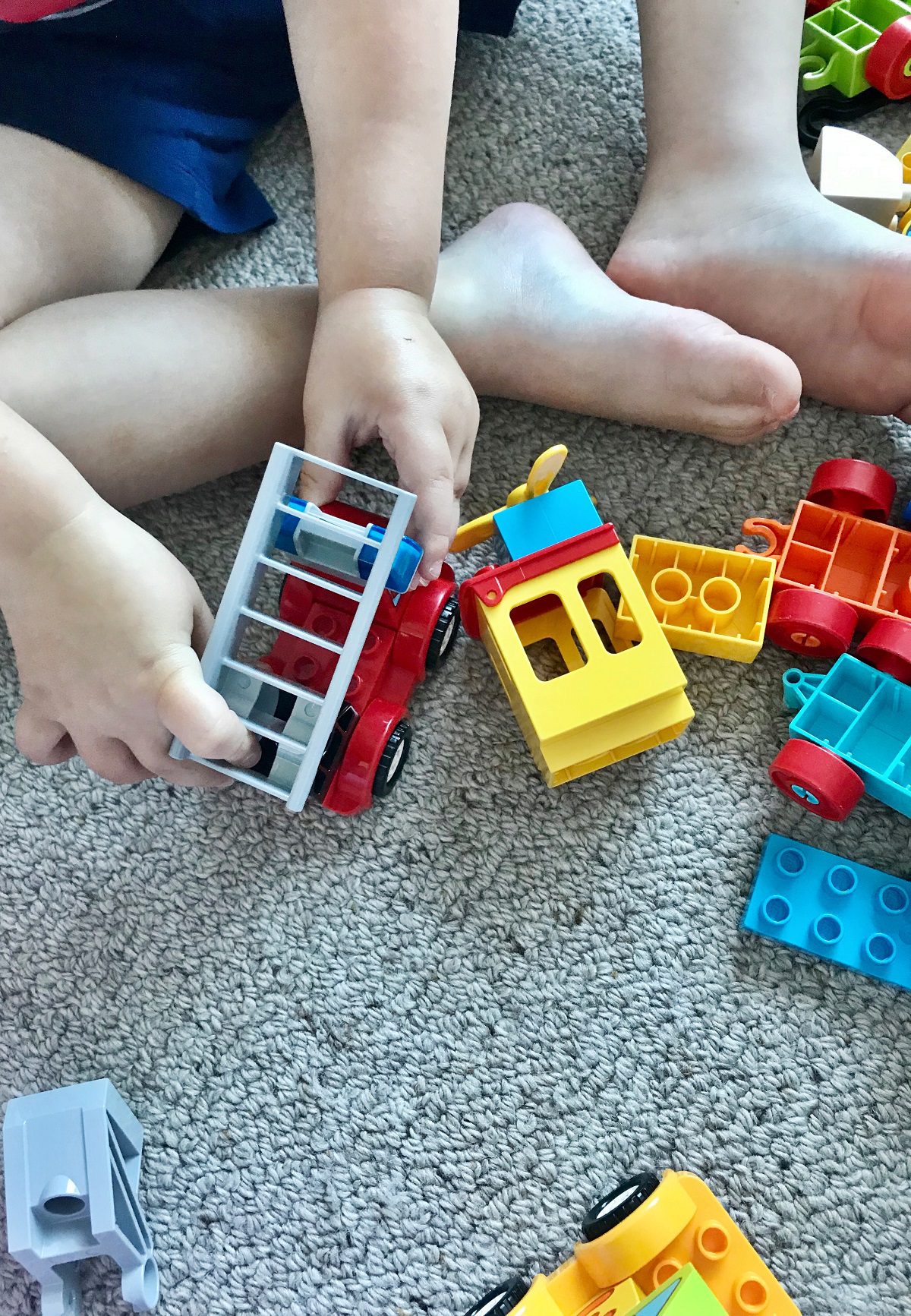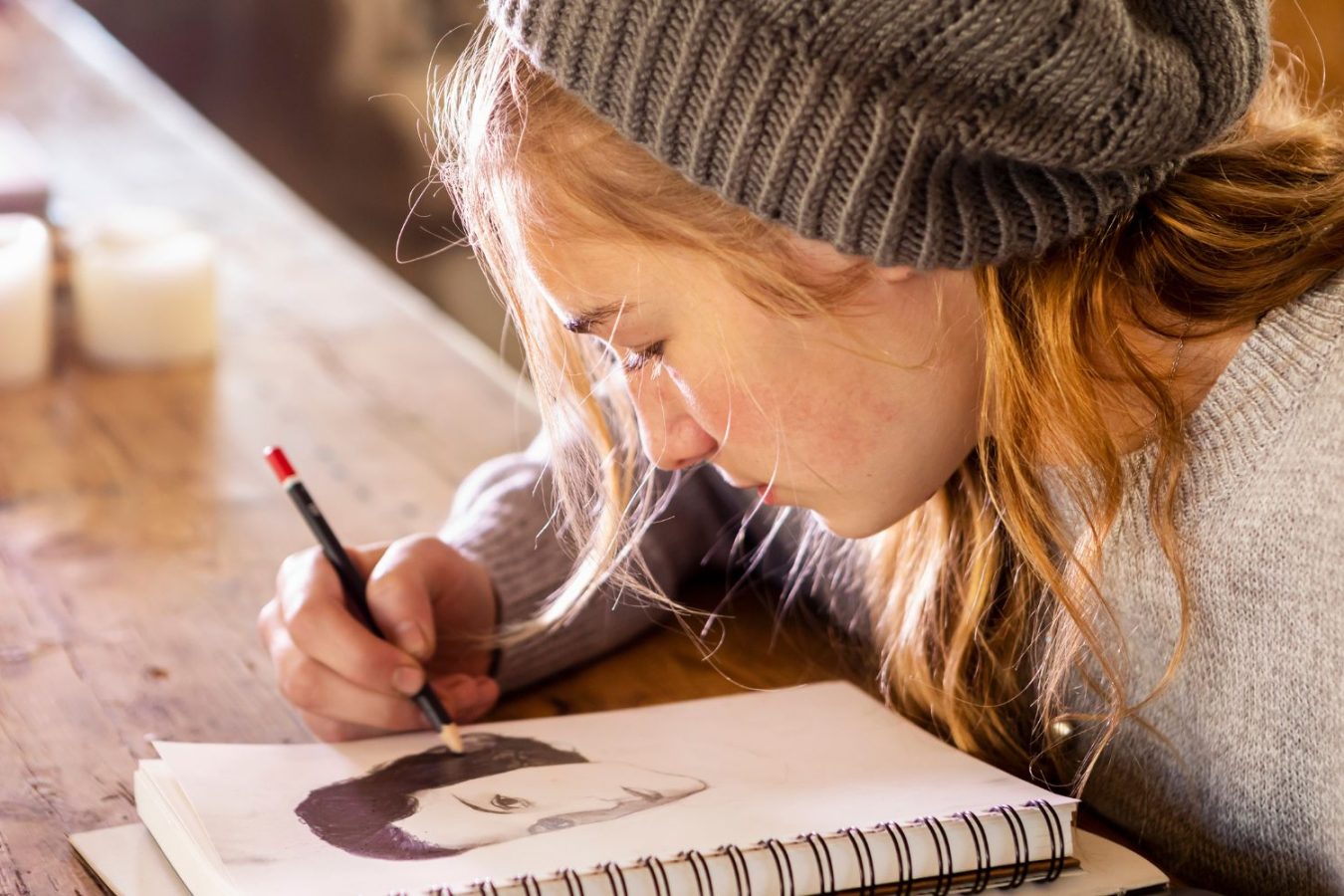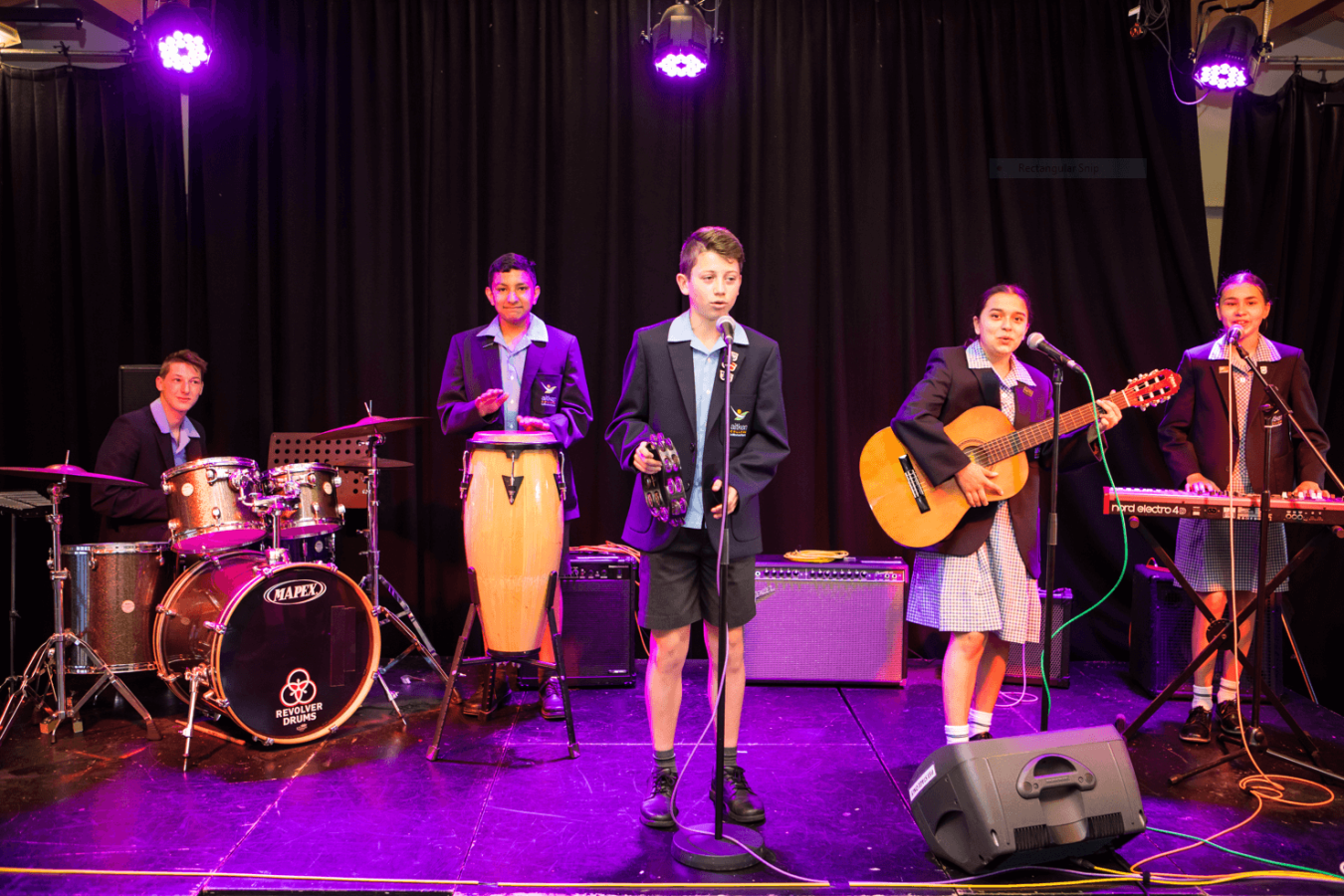
Natalie Moutafis is discovering how the Feuerstein approach to learning is helping her children discover their sense of self.
The Duplo has been getting a lot of air time in our house lately and after making one of the sets and passing it on to the Tiny Human to play with, it, of course, broke apart. My son, with his big 2.5-year-old emotions, was quite upset that it was broken.
Sitting with him and holding the pieces I was able to talk to him about how Duplo is made for breaking apart and rebuilding. I explained how you could wiggle the block on top of another and then it would click in place and join together. I watched his brow furrow as his little hands worked to click the blocks together, and then his face light up as he realised he’d worked it out. The best part was the grand exclamation of ‘I did it!’ at the end. I agreed with delight saying, ‘Yes, you did do it – you problem solved!’
As someone with no formal training in education, I often find myself researching ways to help teach my children to be confident and capable tiny humans. When I was given the opportunity to undertake a course in ‘mediated learning’ through the Feuerstein Institute, I was excited to learn more.
I participated in part of the IE Standard or ‘instrumental enrichment’ course. It is a pencil on paper method of learning that aims to target cognitive functions in the learner (student) while being guided by their mediator (parent/teacher) who, with gentle encouragement, guidance and questioning, helps them problem solve their way through the tasks on the page. The idea is that the learner can then transfer these new skills to their everyday life.

As a parent, I found this interesting and somewhat in line with the parenting style that I seem to be naturally drawn to. While the pencil on paper tasks are still too advanced for the Tiny Toddler to utilise just yet (there is also a IE Basic course but he’s still too young for this too), I’m already putting the concepts to use, such as with the Duplo experience.
My son would’ve easily given up the task, possibly acting out his frustrations by throwing the blocks aside, had I not recognised the opportunity I had to mediate him through the process. It’s extremely rewarding for me as a parent to know that I can help my children discover their sense of self (and sometimes neutralise a possible emotional outburst) as they problem solve.
I’m also noticing I’m doing much the same with his little sister. She’s trying ever so hard to roll over from her back to her tummy. I’m often finding her reaching for a toy just out of her grasp, and while I desperately want to run in and nudge it a little closer, I’m restraining myself and just watching her work it out. She rolls up on to her side, legs in the air, and manages to move her whole body so she’s a little closer and the toy is within reach. Sometimes she accidentally taps it further away and the process starts again.
Her reward isn’t me giving it to her, it’s her realising that if she persists, she can roll onto her side and that she can now put that toy into her mouth to discover what it feels and tastes like. Soon enough she’ll work out she can roll the full way and then get up on her knees to crawl.
It’s not always easy, but I’m enjoying trying to find time in our very full days to have the opportunity to help build these cognitive functions in our tiny humans – and to be honest, we are all ‘learning how to learn’ together in this way. It might not seem like I’m doing much, but I know it’s helping form some important neural pathways for their future learning experiences.
Independent Schools Victoria is Australia’s first Authorised Feuerstein Training Centre, and offers Feuerstein training to improve thinking skills and problem solving for all learners. You can learn more here.
Like this post? Please share using the buttons located on this page.
About Natalie Moutafis
Natalie Moutafis is the author of our Tiny Humans blog, providing her engaging and insightful take on life with two young children. Natalie is also a project manager at ISV.
Subscribe

